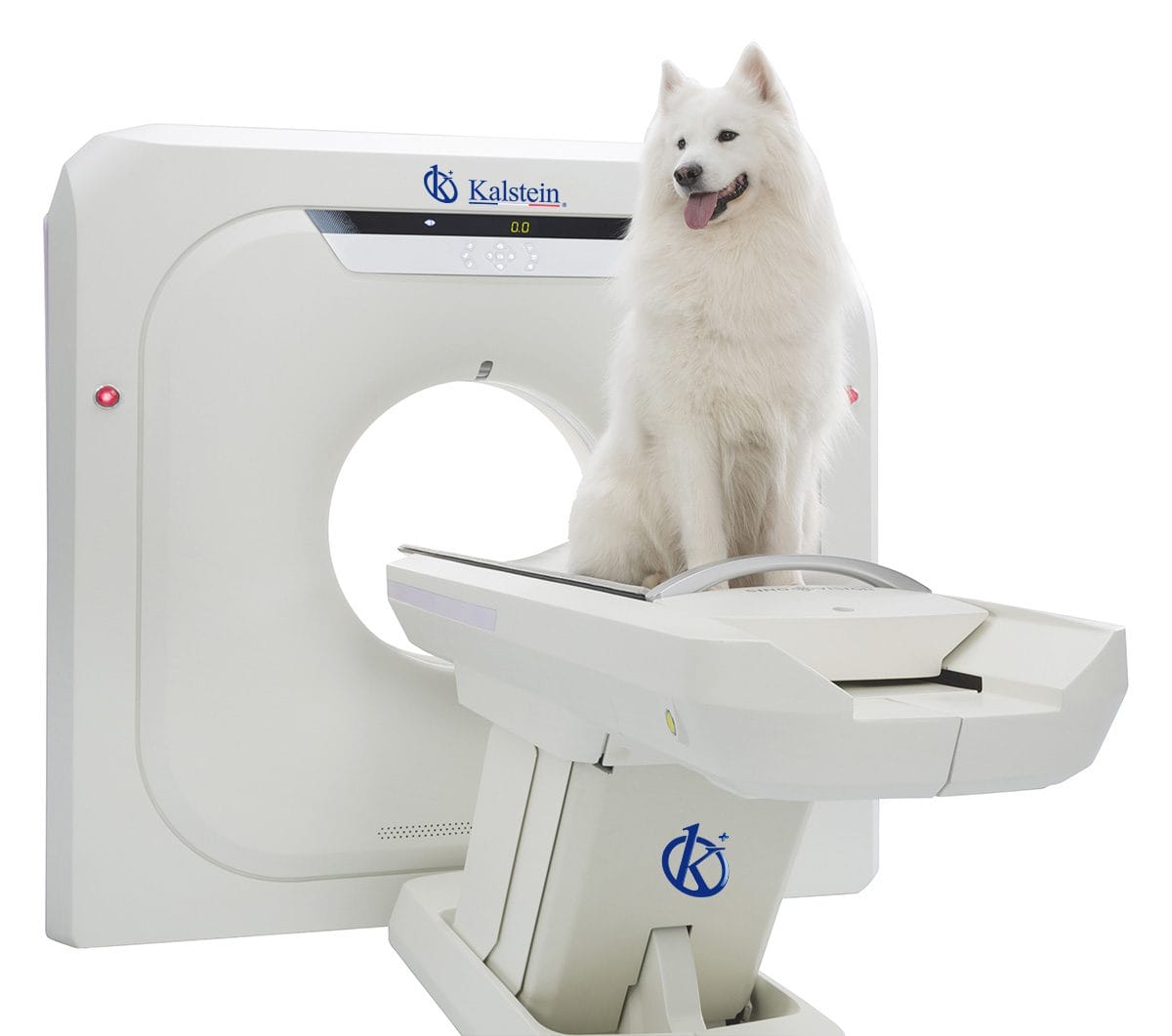The progress of technology has revolutionized all professions, and veterinary medicine is no exception. One of the most impressive tools currently available to veterinarians is undoubtedly the veterinary CT scanner. An in-depth look at this device sheds light on the incredible innovation that has allowed medical professionals to make more accurate diagnoses and more effective treatments.
If you want to know the high-end product catalog that we have for you at KALSTEIN visit us at https://kalstein.pl/category-product/veterinary-sector/veterinary-ct-scanner/ additionally we assure you that through our online PURCHASE channels, which are very easy and viable you will find the best PRICES on the market, reminding you that we are a MANUFACTURER company of high level Laboratory Equipment for SALE. https://kalstein.pl/
What is a Veterinary CT Scanner?
Computed Tomography, or CT, is a medical imaging diagnostic tool that uses X-rays to form a three-dimensional image of the inside of an animal’s body. This non-invasive and accurate system provides a detailed view of the organs, bones, and other internal structures of the body in high resolution, which is invaluable for veterinarians in their attempts to understand, diagnose and treat various health conditions.
Function and Application of the Veterinary CT Scanner
The veterinary CT scanner has a rotating design and a sophisticated digital image processing system. During a scan, the animal is placed on a specialized table that moves into a large ring. Inside the ring, a tube emits X-rays toward detectors located on the opposite side. These pulses are transformed into electronic signals that are sent to the computer to generate the images.
The use of the CT scanner is therefore crucial in various areas of veterinary medicine, such as oncology, neurology, and orthopedics, among others.
Advantages of Using the CT Scanner
The use of the CT scanner brings with it numerous benefits in the diagnosis and treatment of a wide range of conditions. One of the most notable is its ability to detect and locate abnormalities with great precision. This allows veterinarians to perform surgical procedures with greater accuracy, reducing the risk of complications.
In addition, its fast scanning speeds make it particularly useful when dealing with restless animals or those who may feel uncomfortable during the process.
Precautions and Considerations to Keep in Mind
Despite all its advantages, it is essential to remember that exposure to X-rays carries certain risks. Therefore, veterinarians should always follow established safety standards to minimize the amount of radiation to which the animal is exposed.
Moreover, because of its cost, this technology is not available in all veterinary clinics or hospitals. However, its incorporation into any medical practice can significantly increase the quality of care provided.
The Future of the Veterinary CT Scanner
Computed tomography is already having a great impact on veterinary medicine, but future technological advances promise even more notable improvements. Ongoing research in the field of artificial intelligence and the improvement of image processing software herald an era of more accurate diagnoses and even faster scanning speeds.
The veterinary CT scanner represents an impressive advance in the field of veterinary medicine and will undoubtedly continue to play a vital role in the future. With its incredible ability to provide a clear and detailed image of an animal’s body, this technology is absolutely essential for veterinarians’ diagnostic and treatment efforts. Therefore, investing in a CT scanner can result in a more accurate, effective, and successful practice.

